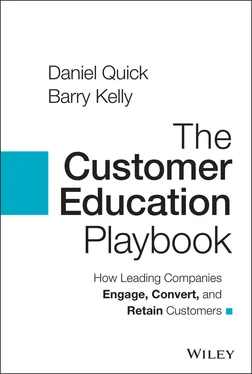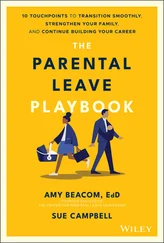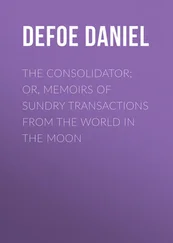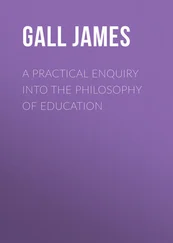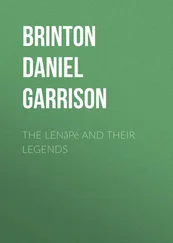In retrospect, I probably should have asked more of these kinds of questions in my early days at Optimizely. When my leaders set out priorities for me and my team, they often asked for it in terms of tangible content like creating a webinar series or fixing a knowledge base, and with a background in instructional design it was easy for me to focus on content and learner experience without explicitly thinking about aligning with the company goals. I could have saved a lot of time and made fewer mistakes if I'd had the mindset I have now, and had looked for that bigger business problem.
At Checkr, where I worked after Optimizely, it was a very different story. I was more mature as a customer education leader, so I knew what questions to ask. But the actual product – background check software – was different, and the motivations for customer education were new for me. While background checks are usually seen as a way to “keep people out” of jobs, Checkr has a mission to “build a better future by making hiring fairer.” As a result, a large part of my role was to educate clients on how to evaluate their candidates more fairly, and to balance their trust and safety goals with their compliance obligations. This, again, is an example of how your education program should highlight the intersection where the product meets a real customer need.
At Slack – different company, different product, different goals once again – they already had millions of users when I started. They had a successful self-serve business, great documentation, and they already had Slackbot delivering education. This was a much more mature customer education program than in my previous startups, but deploying a product like Slack across a large enterprise organization requires different approaches to learning and change management. Our opportunity was to build enterprise-ready education that would serve our largest customers. Compared to previous customer education programs I've led, my team at Slack builds and delivers deeper services that are more prescriptive, but for a smaller handful of accounts. This leads us to measure things like our customers' certification rates, and how we drive deeper adoption and maturity across our enterprise clients.
One piece of advice I'd give on setting goals for customer education is to think strategically. I remember a point at Optimizely where my boss at the time felt our team wasn't meeting expectations. They said that we weren't moving fast enough or solving customer problems. I needed to find and achieve quicker wins that would prove value, and then get more proactive about solving larger customer needs and aligning those with business metrics. This was a turning point for me. I realized that if executives were going to trust me, and care about customer education, they needed to see me doing more than churning out content; they needed to understand the story of what I was doing.
We had launched a webinar series that just hadn't moved the needle on customer retention, and in hindsight, I can see that we didn't know why customers were churning in the first place, so a webinar on how to use the product wasn't going to help! We changed tack and started doing more strategic work to improve the knowledge base, fill gaps in search terms, and target areas where we knew CS were answering the same questions over and over. We analyzed the largest ticket categories and used customer feedback to decide what content to create, improve, or deprecate … and we started hitting the mark more consistently.
As a result, CS had more time to focus on deeper problems, and we could use data on ticket deflection rates and onboarding efficiency to prove our impact. This gave us leverage to move onto other projects across the business. For example, customers were telling the CSMs that they needed help to go from 0–60 faster, and after several iterations, that became the basis of Optiverse, our consolidated support community, academy, and resource center. The product team was running in-product education and onboarding guides, but they realized it made sense for us to take ownership and enhance those programs so we could drive better product adoption and convert more free trials to paid accounts. We had launch managers onboarding enterprise customers, but we were able to take ownership of that process too, and build a training services function. As we continued to prove value, our customer education portfolio grew, and we got more buy-in to create our own projects, too.
When it comes to measuring the success of education, I've found that there's a balance to strike. On the one hand, being able to prove ROI doesn't substitute for executive sponsorship. You'll often get asked, “How can we prove that customer education moves the needle with our customer?” but that type of data won't be available until you've educated enough customers to actually see the impact. Executives need to recognize that they aren't going to get access to direct data immediately, and that this will grow over time. However, you also have a responsibility to tell the story of how customer education drives growth in the business, and that's ultimately how you're going to earn trust.
So, ask yourself – what can you measure? Can you look at ticket deflection, discoverability, or consumption around your programs? Can you show how you're iterating your content and moving in the right direction? This could be page views, enrollments to academy tracks, satisfaction rate, or even qualitative data like customer survey answers. Over time, you'll be able to capture more value goals, such as an analysis of trained versus untrained and the impact on adoption, or the number of customers reaching time to value.
It is so critical to start your customer education program with a strong understanding of what the business's overarching goals are, and to ensure that you are ready to measure the impact of your education according to those goals. This is how you can ensure ahead of time that your success will also be a win for the company as a whole. Your next step will be to turn your thoughts to your customers – what does their success look like?
1 1 Clayton M. Christensen, The Clayton M. Christensen Reader (Harvard Business Review Press, 2016), 46.
Конец ознакомительного фрагмента.
Текст предоставлен ООО «ЛитРес».
Прочитайте эту книгу целиком, купив полную легальную версию на ЛитРес.
Безопасно оплатить книгу можно банковской картой Visa, MasterCard, Maestro, со счета мобильного телефона, с платежного терминала, в салоне МТС или Связной, через PayPal, WebMoney, Яндекс.Деньги, QIWI Кошелек, бонусными картами или другим удобным Вам способом.
